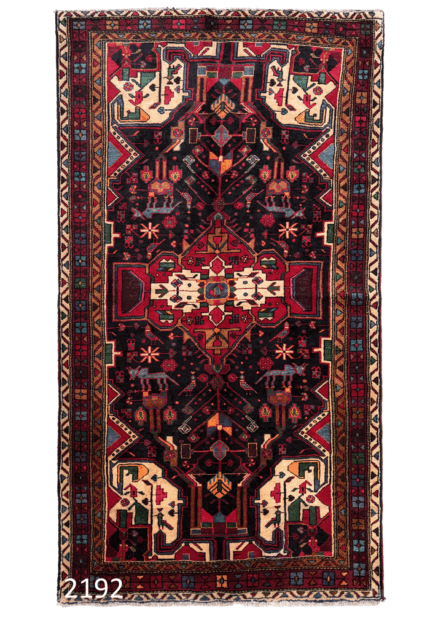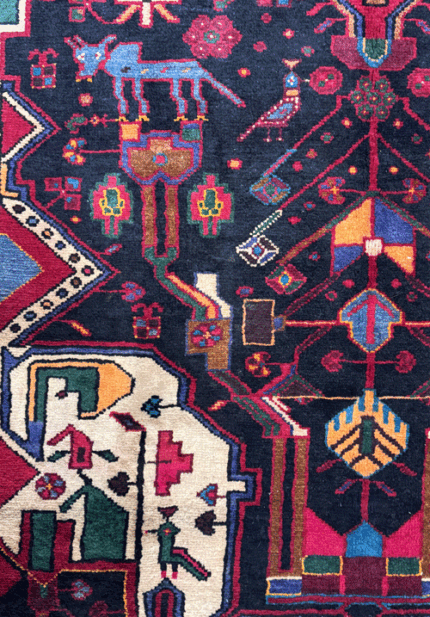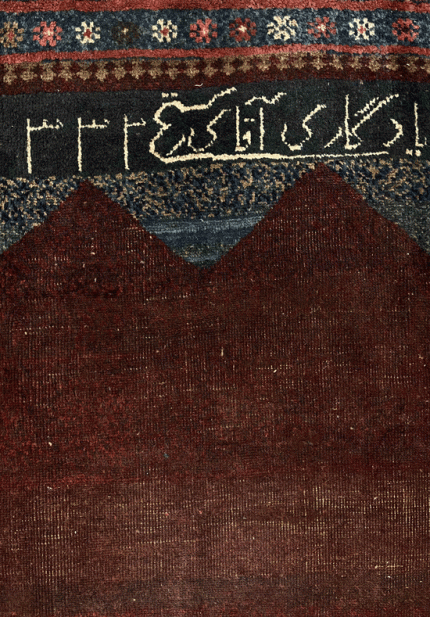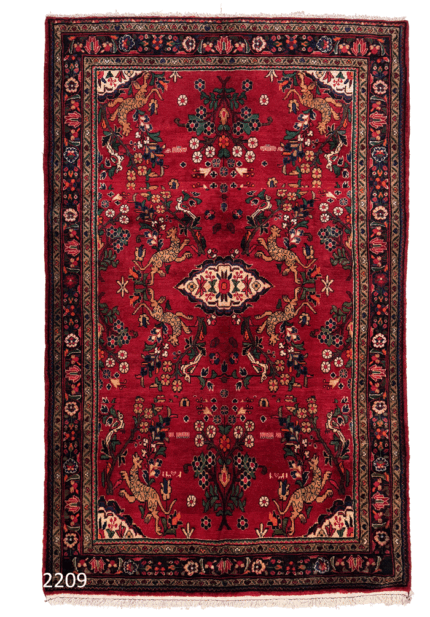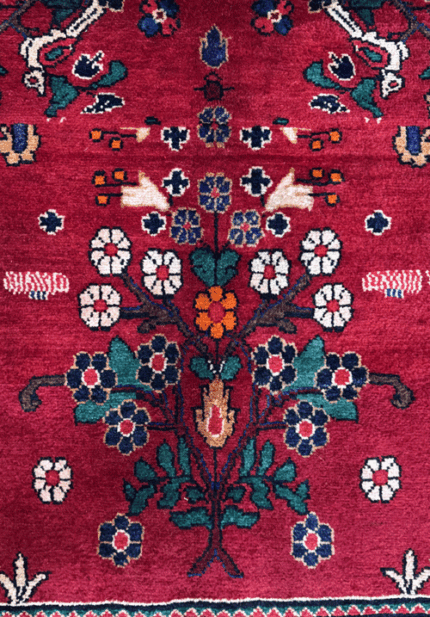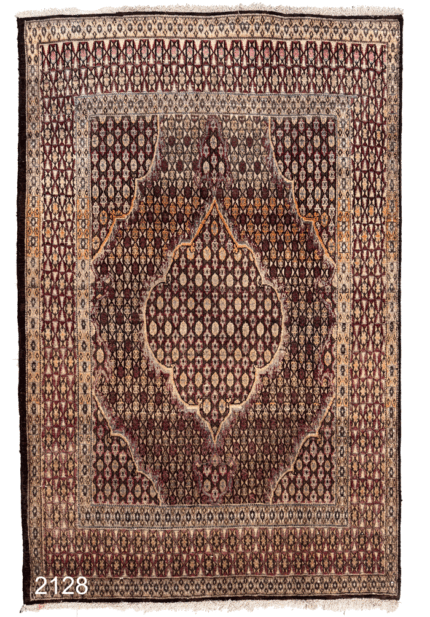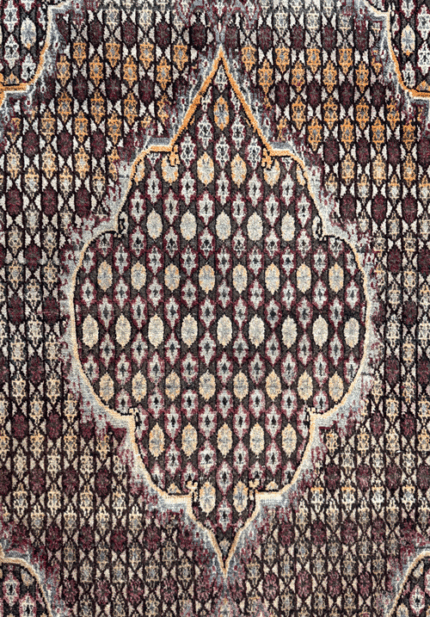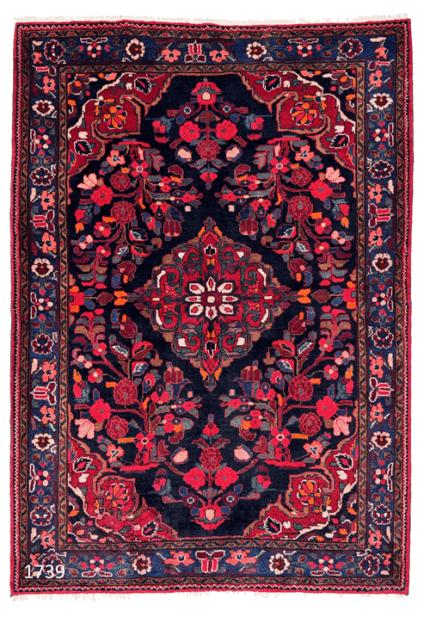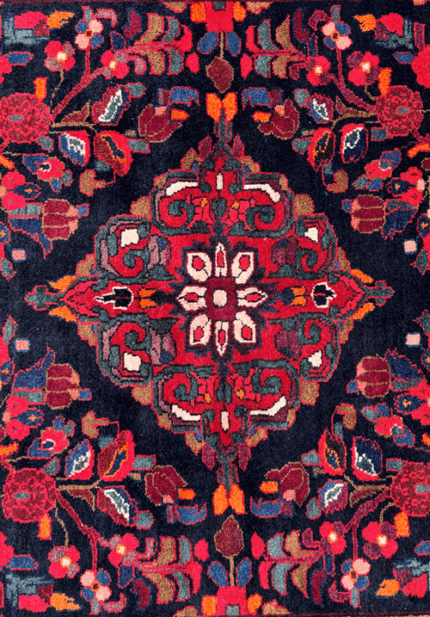Kurdish Rug
Showing all 6 resultsSorted by latest
Kurdish Rugs from Iran: Regional Power, Tribal Memory, and Weaving Mastery
Kurds are an Iranian people with ancient roots across the Middle East, the Caucasus, and parts of Central Asia. But when we speak of Kurdish rugs, we are specifically referring to those woven by Iranian Kurds—as true weaving traditions have only flourished meaningfully among Kurdish communities in western Iran. While some Kurdish populations in Turkey and Syria produce simple flatweaves, their designs are mostly influenced by neighboring Turkish tribal styles. In contrast, Iranian Kurdish carpets have long served as an original source of inspiration for others.
Kurdish settlements in Iran are largely geographically continuous, stretching across the western highlands from northern to southern Kurdistan. This has given rise to a wide spectrum of handmade textiles, deeply shaped by climate, landscape, and tribal identity. The southern Kurds are the most prolific weavers in terms of volume, while the central Kurdish regions produce the highest-quality carpets in terms of knot density, wool quality, and design refinement.
Like other nomadic cultures in Iran, Kurdish tribes traditionally wove everything they needed for daily life—from horse trappings and clothing to floor coverings, wall hangings, bags, and even woven footwear. Their woven objects are a full expression of function, identity, and artistry.
The most famous Kurdish carpets are those of Bijar and Seneh (Sanandaj). Bijar rugs, sometimes called the “Iron Carpets of Persia,” are dense, durable, and technically outstanding. The Seneh kilims, along with those of Bijar, are considered some of the finest slit-weave kilims in the world—delicate, precise, and enduring.
In towns like Bijar, Qorveh, and Sonqor, the population includes not only Kurds, but also Shahsavan and Azeri weavers. In many cases, it is not possible to ethnically distinguish the carpets, and scholars categorize them by regional origin rather than tribal label. Still, the influence of Kurdish aesthetic codes—bold medallions, stylized floral fields, and emotionally resonant geometry—remains powerful and unmistakable.

